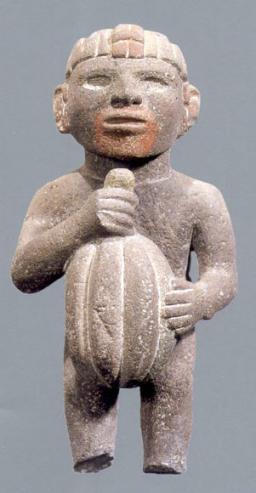
Recently Rated:
The University of British Columbia needs 50 cacao beans!

The University of British Columbia needs 50 beans from as many origins as possible. Please send some.
Dr Lu, from the University of British Columbia, is conducting a study about the cacao beans profile to see if he can correlate their origin to one or several of the parameters he is measuring and maybe develop an automatic recognition of the origin of any bean or other automatic recognition he would find.
Dr Xiaonan Lu has been chosen by IUFoST for the "Young Scientist Award 2016". IUFoST regroups more than 300,000 food scientists and technologists worldwide.
Dr Xiaonan Lu has been chosen by IUFoST for the "Young Scientist Award 2016". IUFoST regroups more than 300,000 food scientists and technologists worldwide.

Dear Ernesto, It's nice to see your family carrying on the cacao tradition from the times Spaniards colonised your land. I am a mid sized beans to bar artisan chocolatiers factory owner st Mumbai and source our cacao directly from estates and plantations , with a. Clear focus on Pacific islands cacao. Could you send me some information on the quantity of cacao produced and if you will be interested in exporting some to India - my requirements are LCL pallet loads of about 600 to 850 kgs at a time. You can reply on madanpatil@hotmail.com or WhatsApp +91 97623 50119 Thanks
Hi Pierre,
Do you still need beans? I will be at the international chocolate festival at Fairchild Botanical Garden in Miami this weekend and could get you some. I will also be in Honduras soon and could get you some from there as well. Fermented, unfermented? Do i understand correctly that you need 50 beans from each source?
Hi Pierre My sister Agnes Tiamzon who is now residing in Vancouver and will be returning to the Philippines first week of January will be calling you to ask for any development on our Cacao beans. Hope to get some developments and hoping too that you meet her. Regards Ernesto
Hi Clay
I was not successful in using private notes ( I did not find what to put in the "recipient" zone (Clay, Clay Gordon...)
So as the information is public, i give you the link
http://www.landfood.ubc.ca/person/xiaonan-lu/
Thank you very much for your interest
Pierre
Pierre:
How do I get in touch with Dr Lu? Please reply using the Private Notes function (under your name in the navigation) rather than posting his email publicly here.
Thanks,
:: Clay
Pierre:
Should the beans be fermented and dried? Or just dried? Or maybe have the pulp washed off?
I would recommend that people send the description of the post-harvest processes being used (e.g., 7-day ferment, turns at 48, 96, and 120 hours; drying 7 days and any information about the process).
Fermentation and drying are so important to flavor - they can overwhelm the contribution of the base genetics completely - knowing how the submissions were processed is critical to understanding.
Hi Clay,
You are perfectly right, I should work with you!
I was thinking to get fermented and dried beans.
Dr Lu has an equipment for analyzing flavors (ask him directly if you want to know which one). So if you send him the same beans processed differently he will be happy, if a student is available to conduct an extensive study on those points.
Chocolaty yours
Pierre
Thank you so much Ernesto and congratulation for the excellent work you are doing. Cacao beans are a treasure and you are making it happen.
Have a nice day
Pierre
Hi, our farm will be sending 50 cacao beans from our farm to UBC for research. Our farm is
KABLON FARM FOODS CORP; Located at Barangay Kablon, Tupi, South Cotabato, PHILIPPINES. Started by my father Ernesto Sr. on the early 1960's planting the Criollo variety (introduced by the Spaniards to our country from Central America during their occupation 1400's to 1800's). Howevever, by late 1970's we planted some hybrids (Forasteros), but eventually, planted seeds sourced from selected trees in the farm. Now we have, Trinitario Varieties in our farm, a unique blend of seeds that differentiates us from the predominantly Forastero varieties in the market. The farm also, practices natural farming and bio-diversity. The cacao is intercropped with Coconut, Mangosteen, Guyabano, Bananas, Lanzones, Guava, Passionfruit and assorted of native forest trees and bamboos. Its almost 70 ha. land area is surrounded by the pineapple plantation of Dole Philippines at the foot of Mt. Matutum at 500 m. above sea level.
I look forward for other Cacao farmers / enthusiats to join the research, the university needs more!